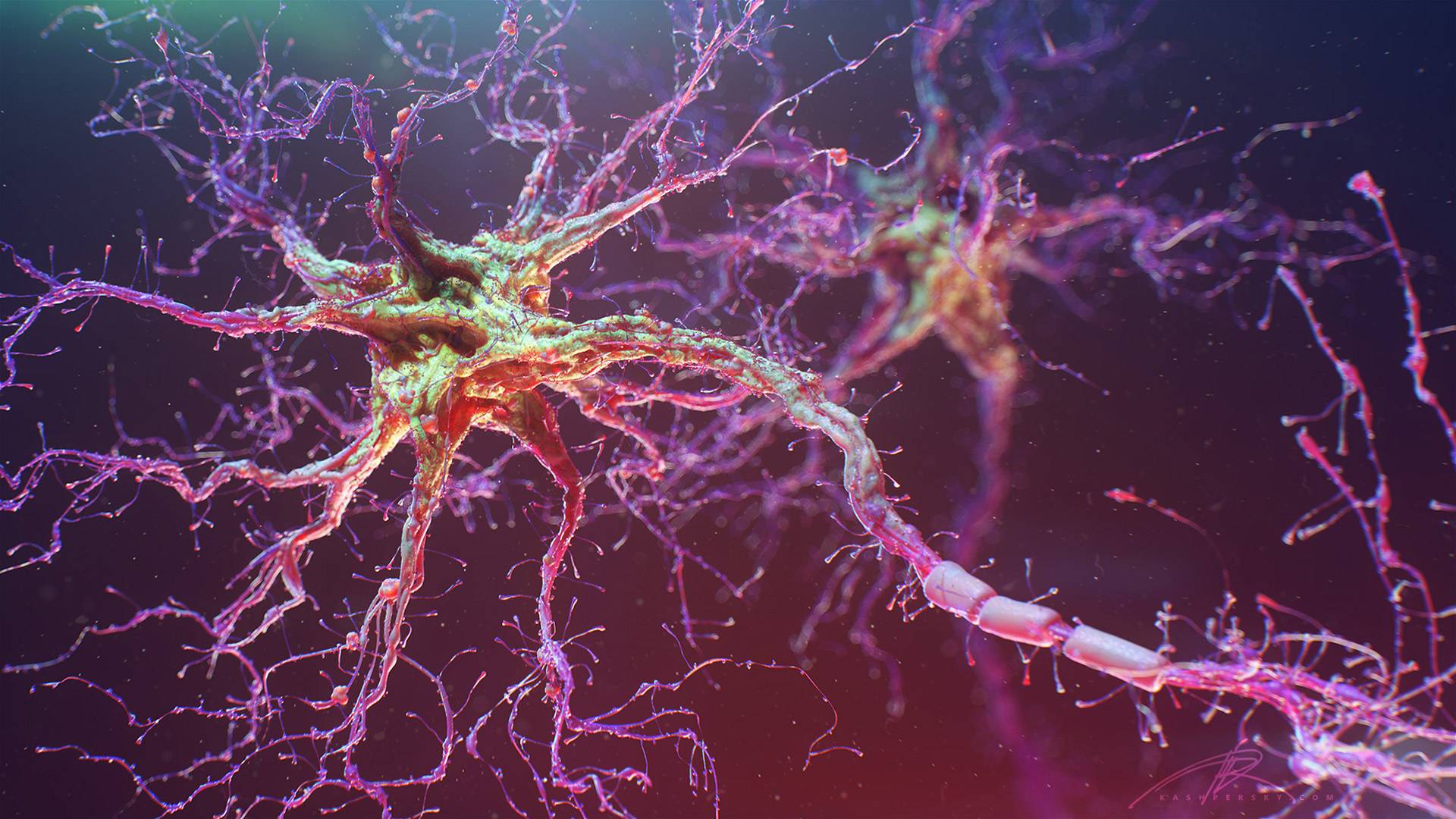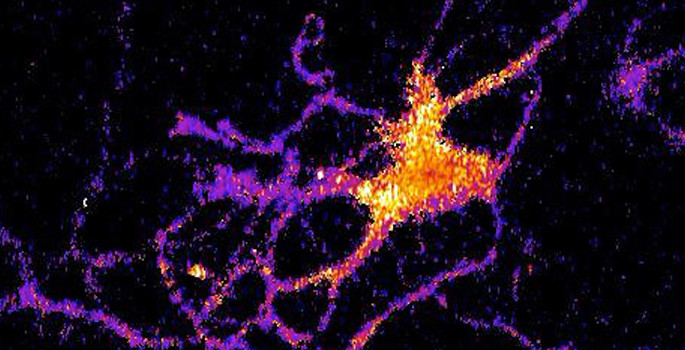Luminescence helps scientists study the work of individual neurons in the brain of animals

Source: Alexey Kashpersky (kashpersky.com)
Types of living organisms that can luminesce are not so rare. These are fireflies, bacteria, and jellyfish with worms, not to mention deep-sea fish and other animals. Luminescence helps these organisms attract prey, communicate, or simply illuminate the space next to them. A team of scientists from the University of Vanderbilt managed to put the luminescence in his service. Scientists have obtained a genetically modified form of an enzyme that causes the bioluminescence of body cells and with its help “taught” the brain cells to glow.
The goal of the project is to provide bioluminescence of brain neurons during their work. This, according to scientists, allows for a better understanding of the principle of the brain of simple organisms, which can lead to an understanding of the principles of the brain of more complex animals.
Modern scientists already have at their disposal technology to track individual neurons in the brain. But these technologies have a number of limitations. For example, they can be used to track the work of only a certain number of neurons. And there are more than 86 billion of them in the human brain, so that the existing electrophysiological methods do not allow to monitor simultaneously the work of all departments of this complex organ. Perhaps modified luciferase will help solve this problem in the near future.
A team of researchers published the results of their work in the publication Nature Communications . The basis is the previous results of studies by specialists in the field of luminescence (the team previously studied unicellular alga Chlamydomonas) and optogenetics.
')
Optogenetics is a technique for studying the work of nerve cells, which is based on the insertion into their membrane of special channels - opsins, which respond to light stimulation. For the expression of channels using genetic engineering methods. For the subsequent activation or suspension of the activity of neurons and their networks, lasers, optical fibers and other complex optical equipment are used. Optogenetics appeared in 2005. Then, scientists first used such opsin as canrodopsin-2 ( channelrhodopsin-2, ChR2 ).
Optogenetics allows not only to cover a larger number of neurons in observation than in the case of working with electrophysiological methods for studying neural networks. It also opens up the possibility of highly selective activation or suppression of certain neuronal connections. Experts say this will help provide effective therapy for Parkinson's disease, depression, anxiety, and epilepsy. In the case of the use of methods of optogenetics, scientists usually work with fluorescence.
According to the biology professor Carl H. Johnson (Carl H. Johnson), who leads the study, bioluminescence should be used instead of fluorescence. “The light that is generated by the fluorescent cells is suppressed by the light needed for observation. Luminescence works in the dark, ”said the scientist. The problem is also that fluorescent material is not so easy to introduce into all parts of the brain of interest to scientists, given the need to introduce it into each neuron taken separately.
Therefore, scientists have found a different approach. They took luciferase from the body of a luminescent type of shrimp, and genetically modified it so that the luciferase light activity began to manifest itself in the presence of calcium molecules. Calcium concentration is quite high in neurons, but, at the same time, this element is little outside the brain cells. When the neuron receives a signal, the calcium concentration becomes maximum, which leads to the luminescence of the involved cell. The modified enzyme was able to attach to the brain cells thanks to the virus. With its help, scientists have introduced the enzyme into the calcium sensor, introducing it into the neuron.

Luminescence of individual neurons was made possible through the use of a genetically modified enzyme (Source: Johnson Lab / Vanderbilt University)
So far, the new technology is being tested on neurons grown in the laboratory, as well as on sections of the hippocampus of the brain of mice. It takes three weeks to prepare a luminescent sample. In both cases, the neurons began to luminesce when receiving an electrical signal, leading to an increase in calcium concentration. The success of scientists is also due to the fact that a new luciferase was recently created, called NanoLuc .
“We have shown that our technology works,” Johnson said. “Now we need to determine how sensitive it is. We believe that the new method is accurate enough to determine the activation of individual neurons, but in order to verify this, we need to conduct additional tests. ”
The researchers posted information about the genetically modified enzyme on the AddGene resource. Access to this information is free.
Source: https://habr.com/ru/post/398725/
All Articles